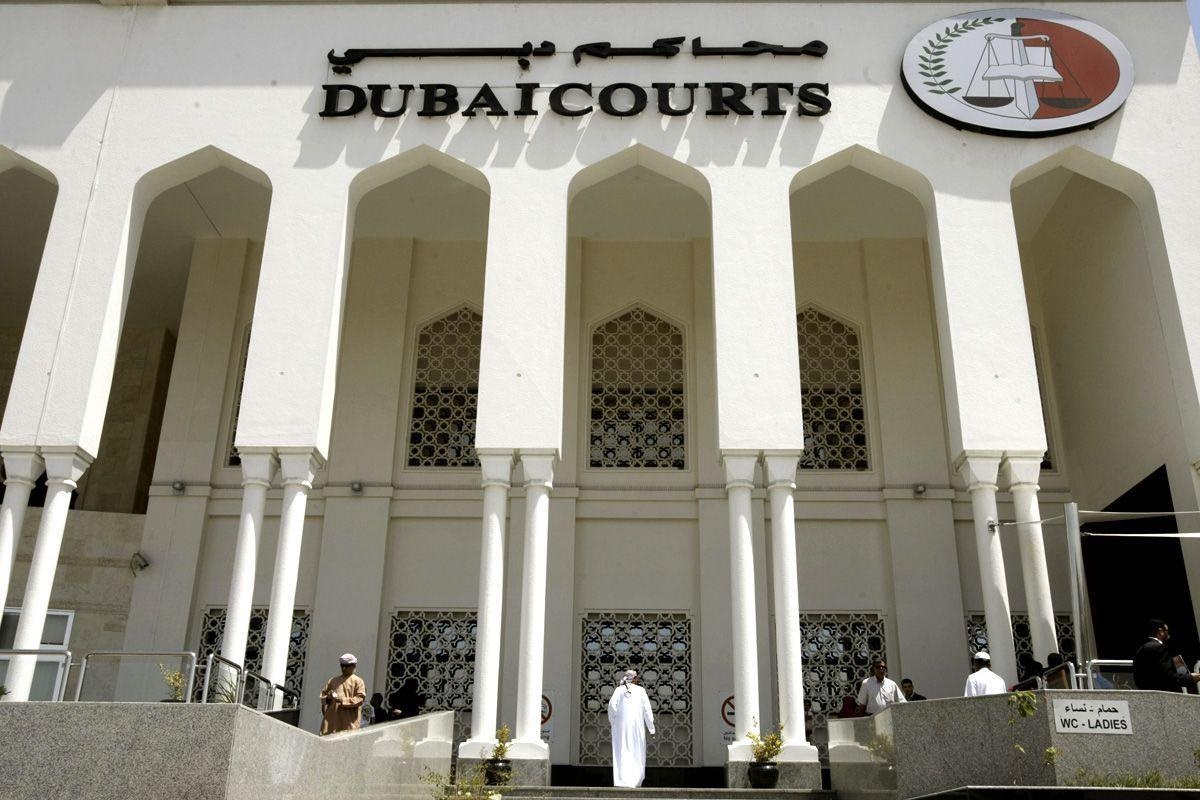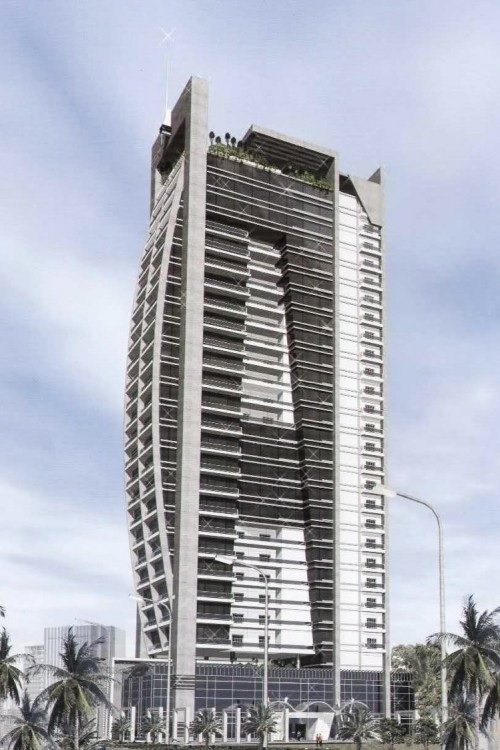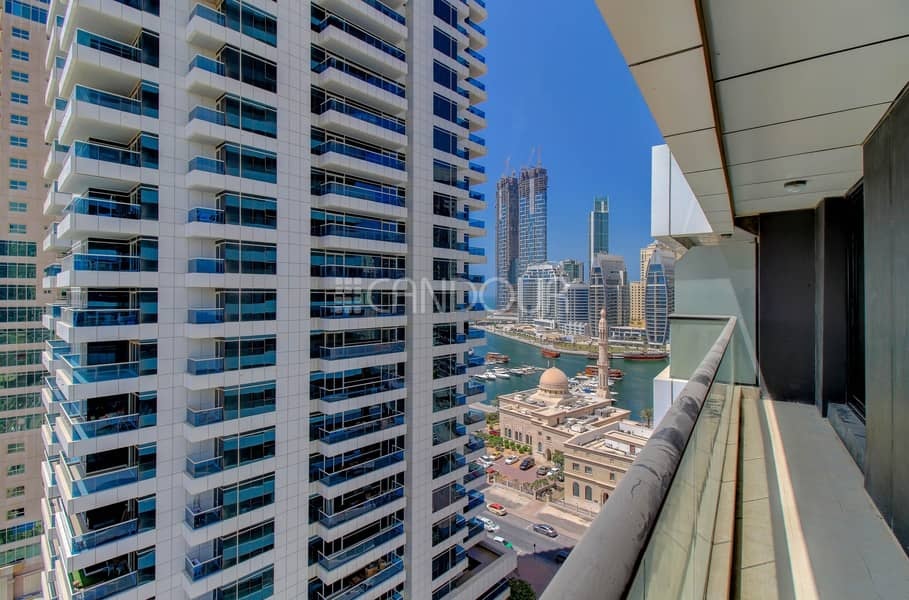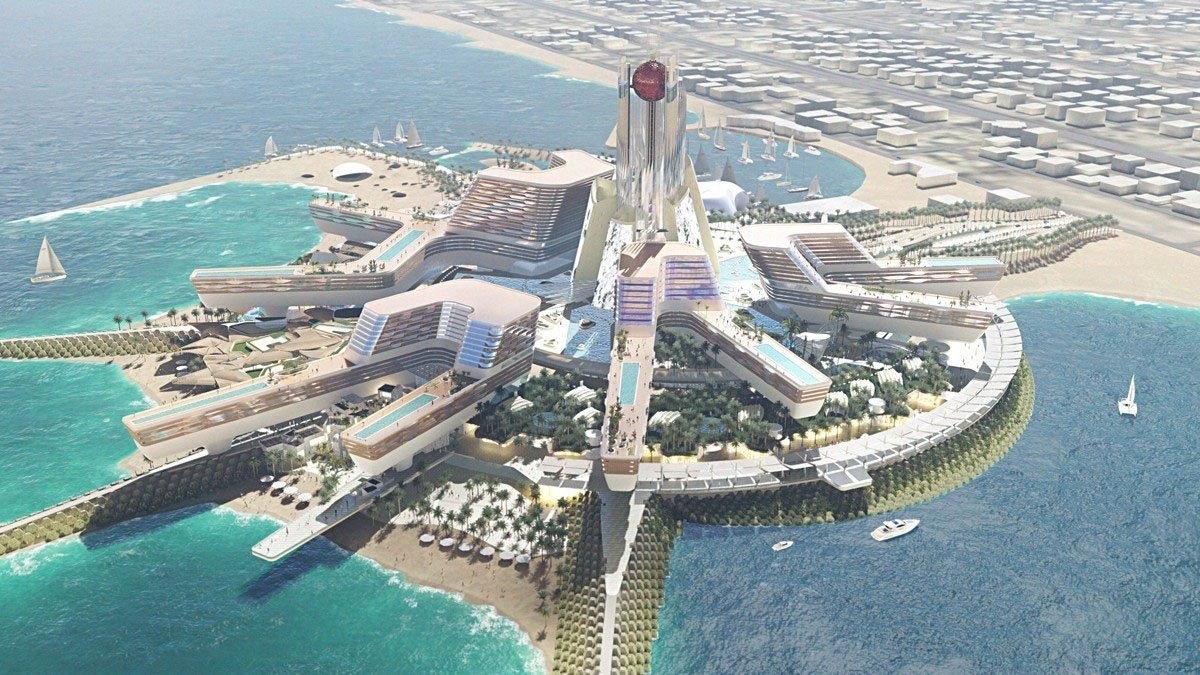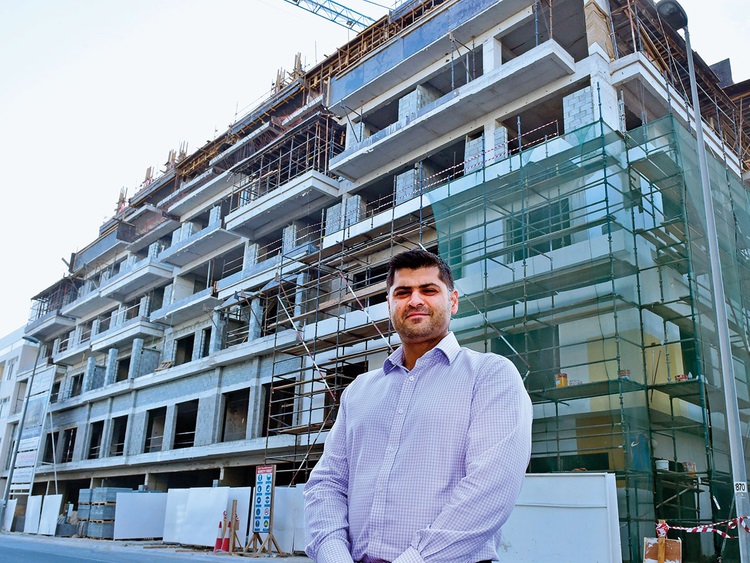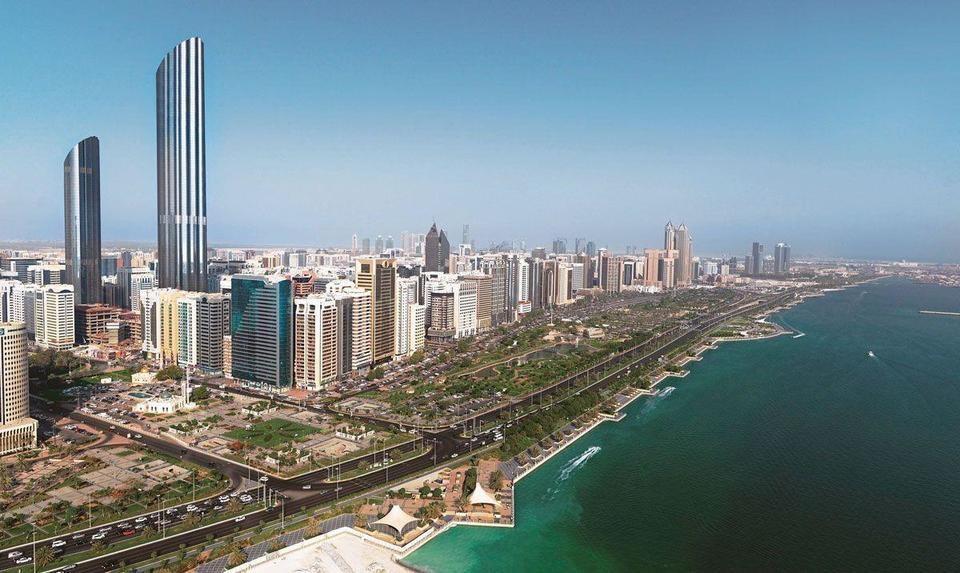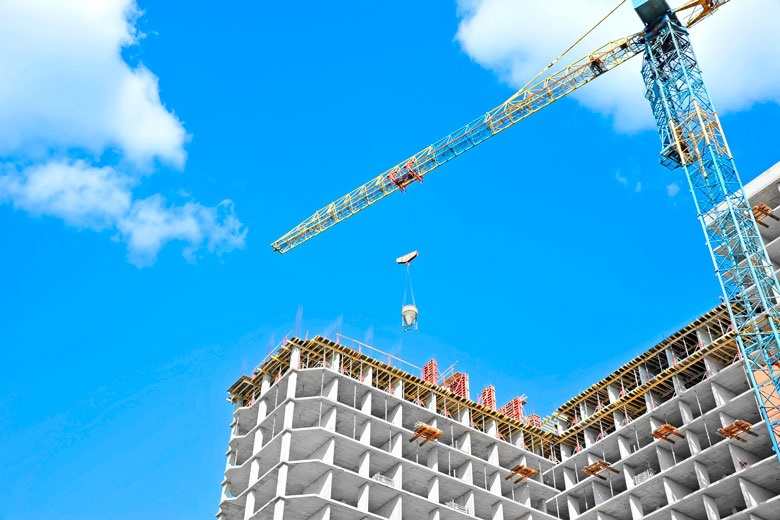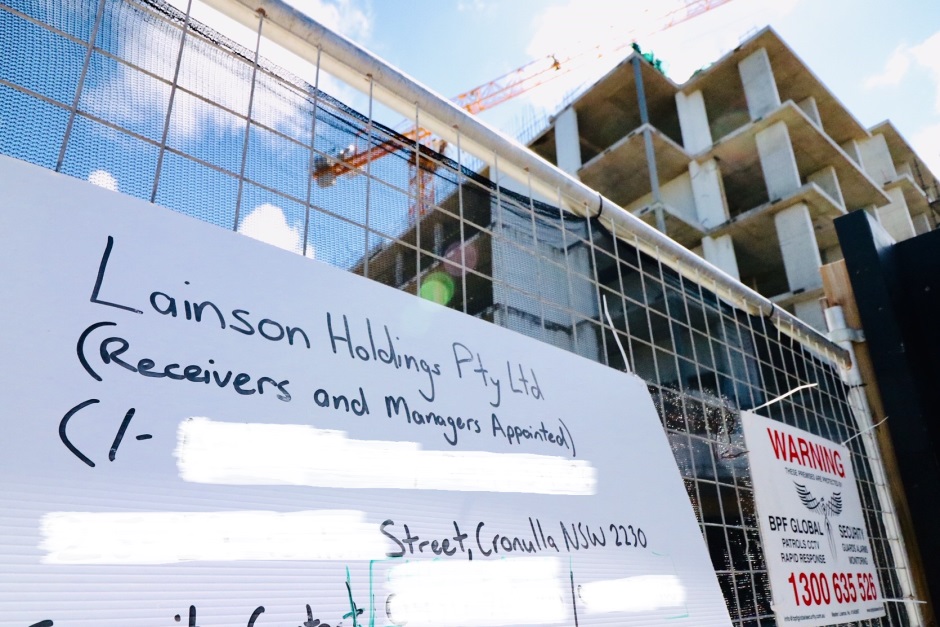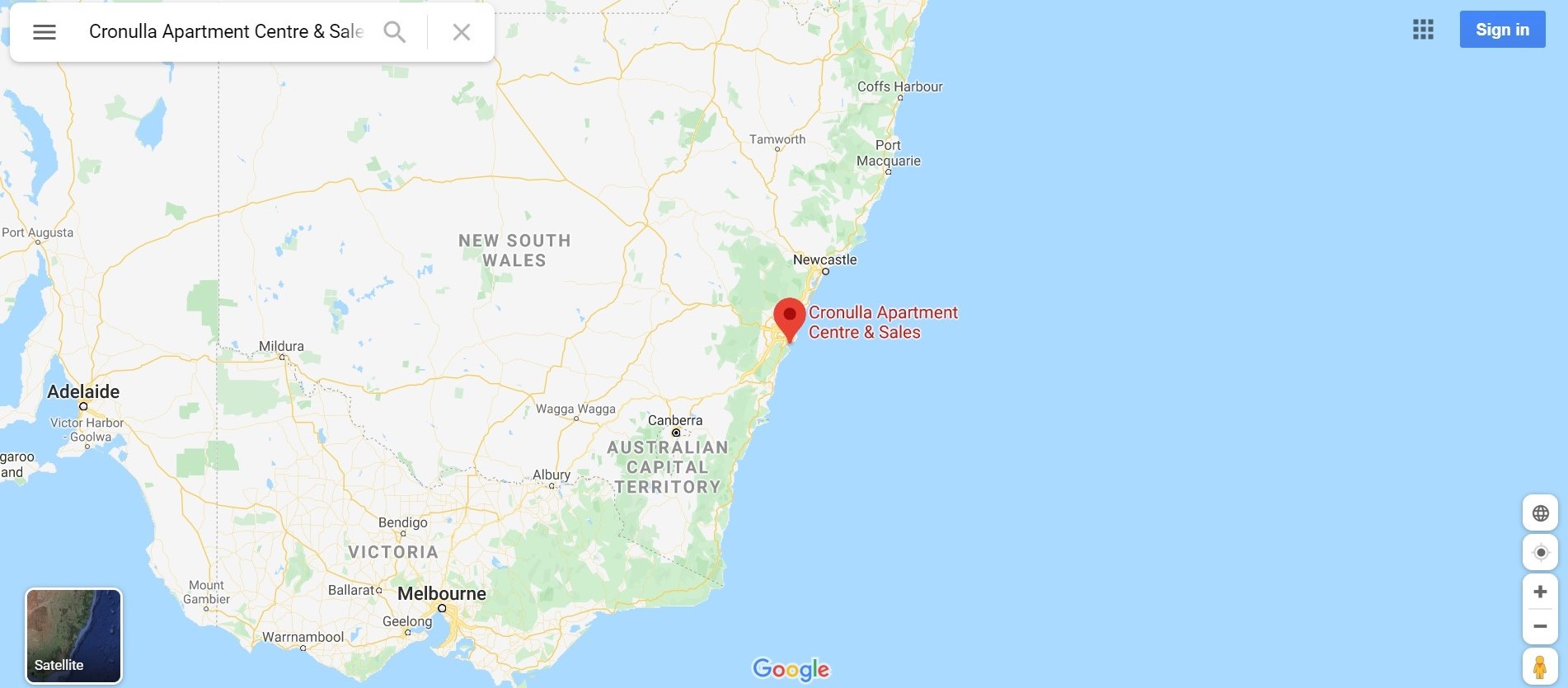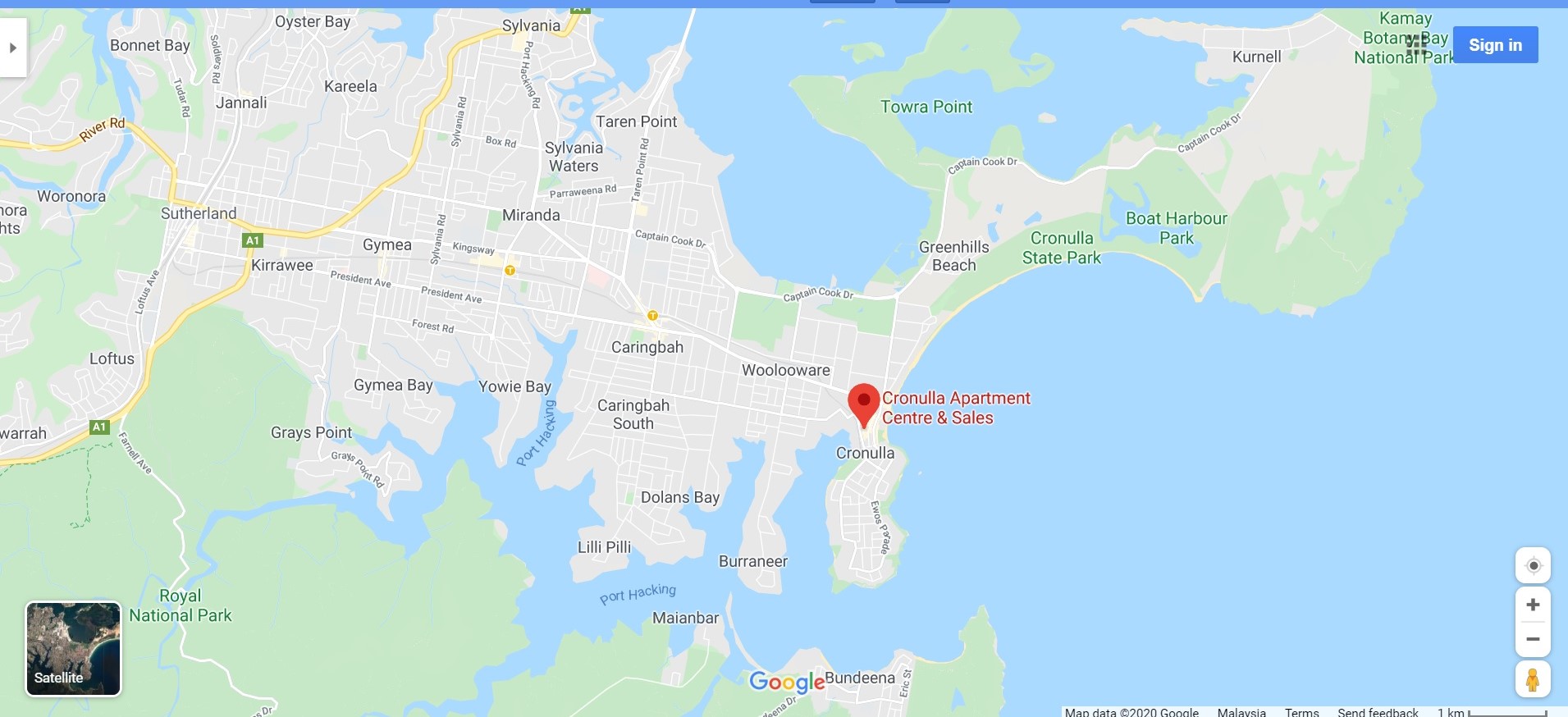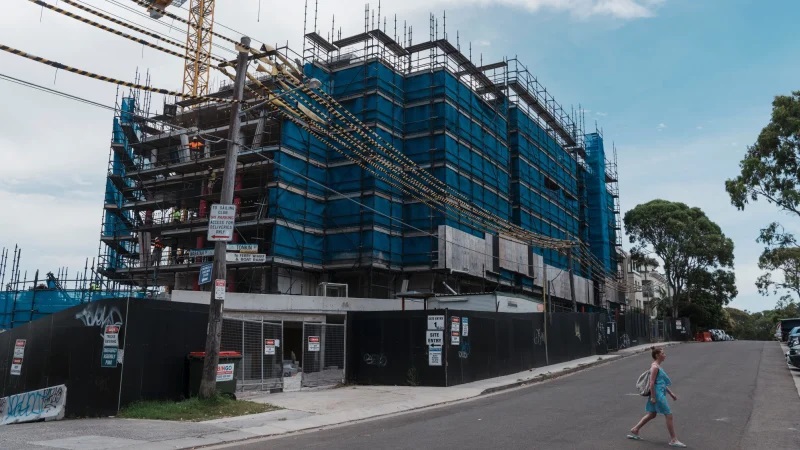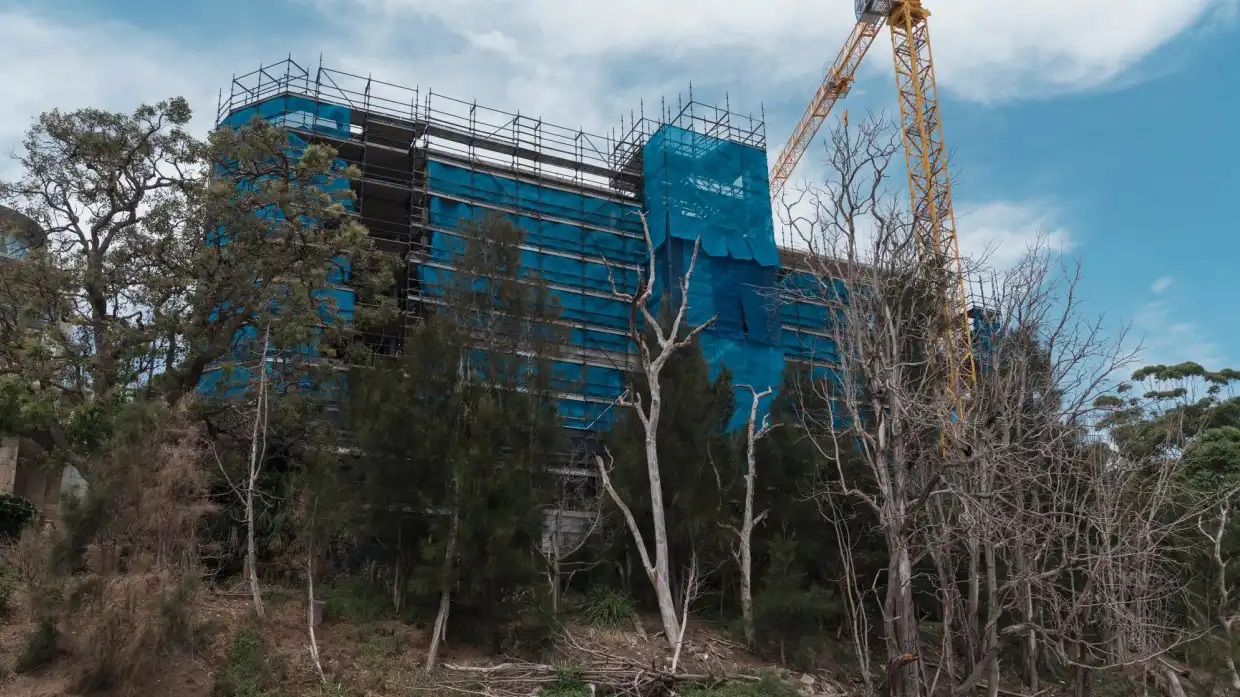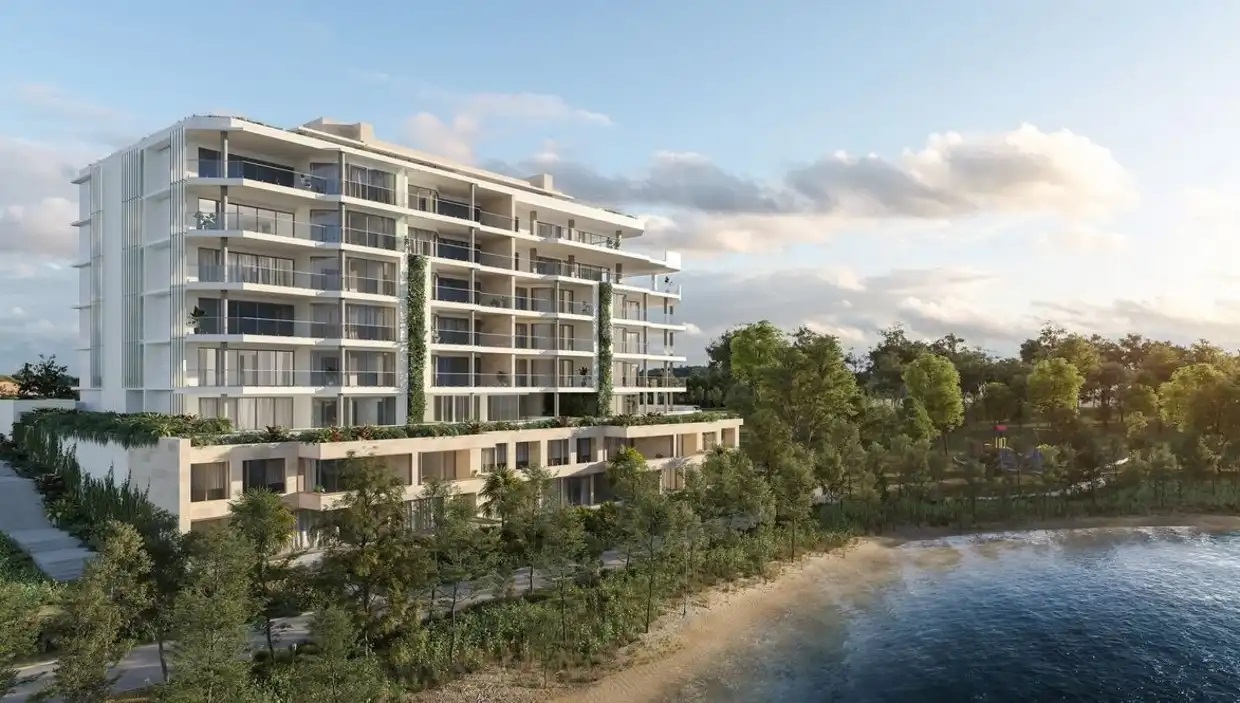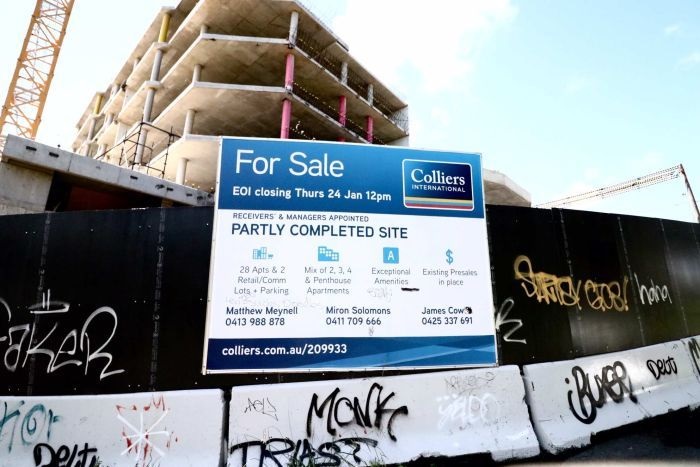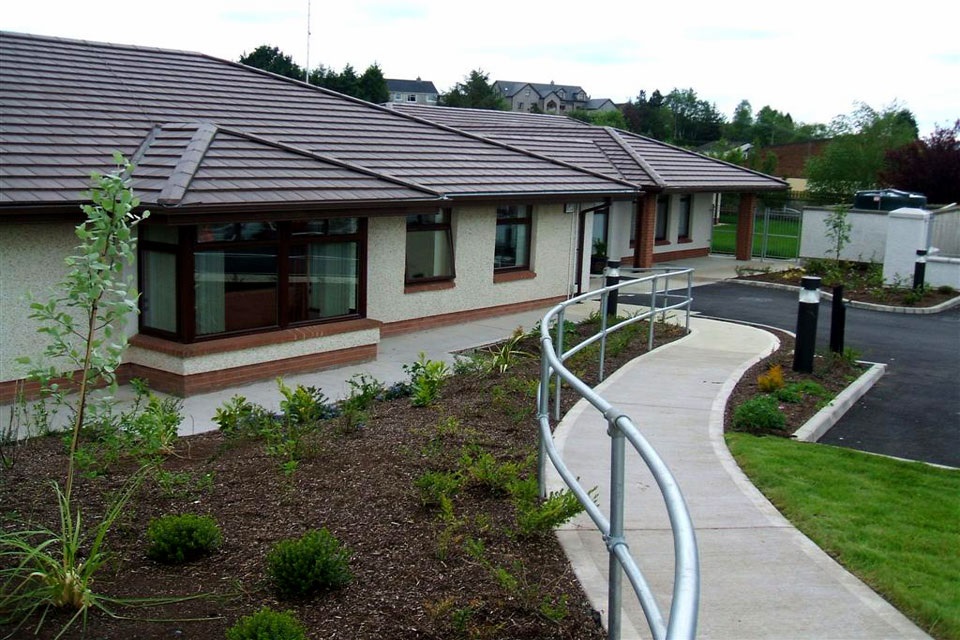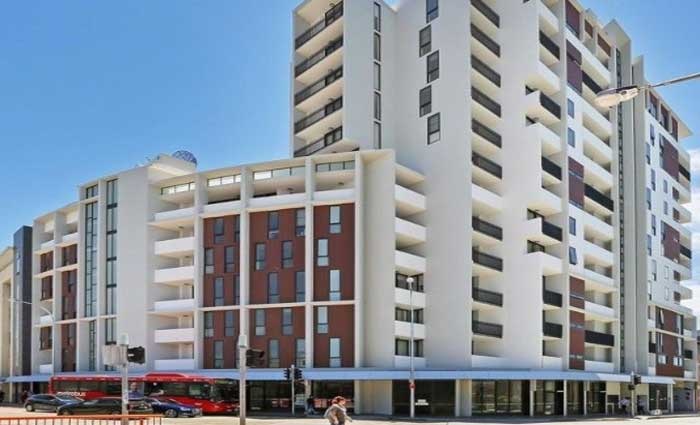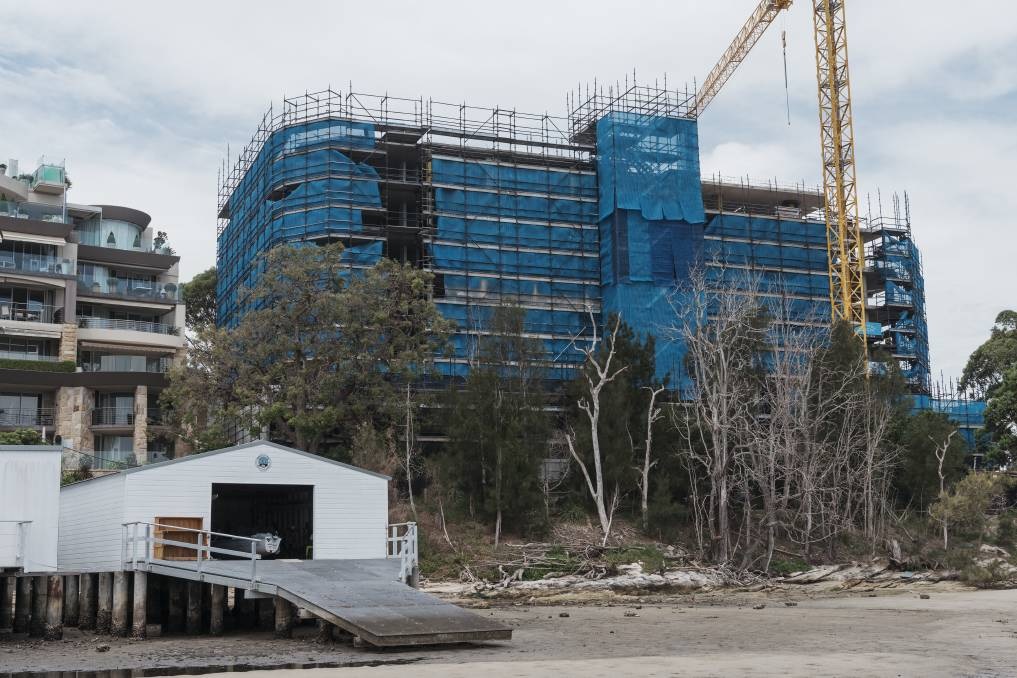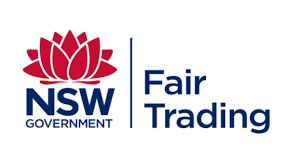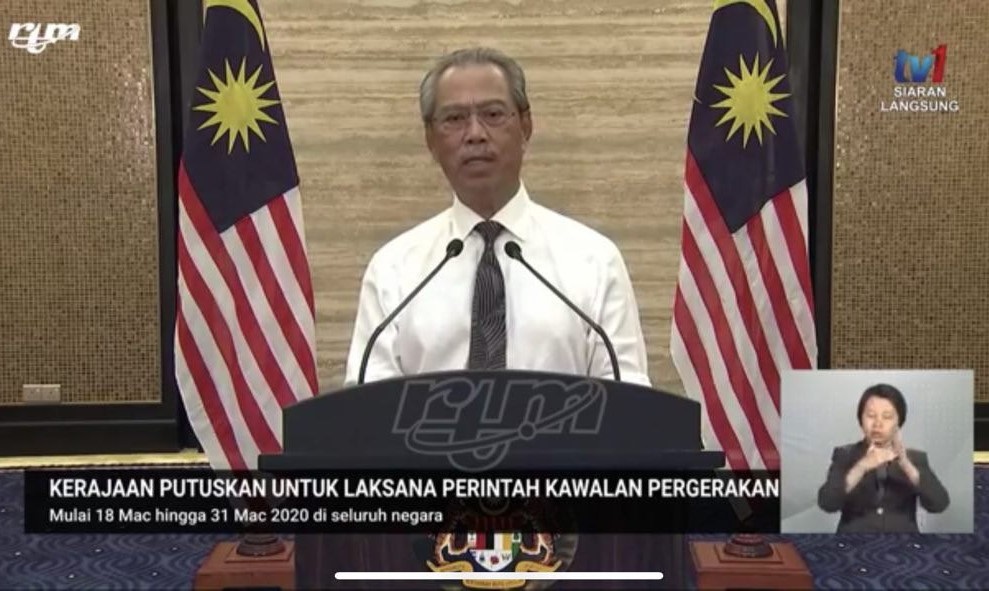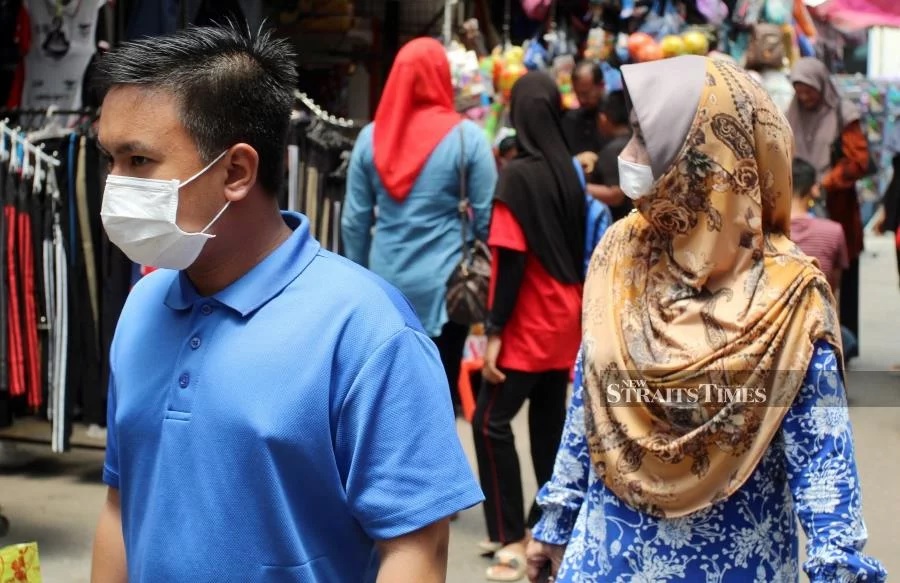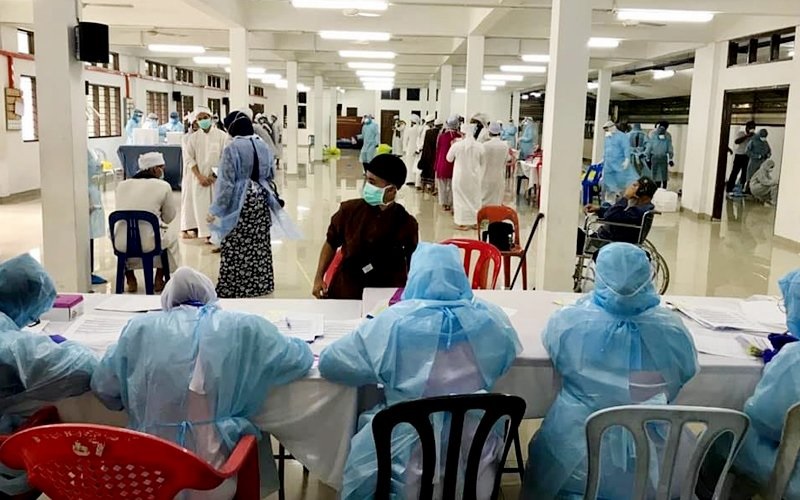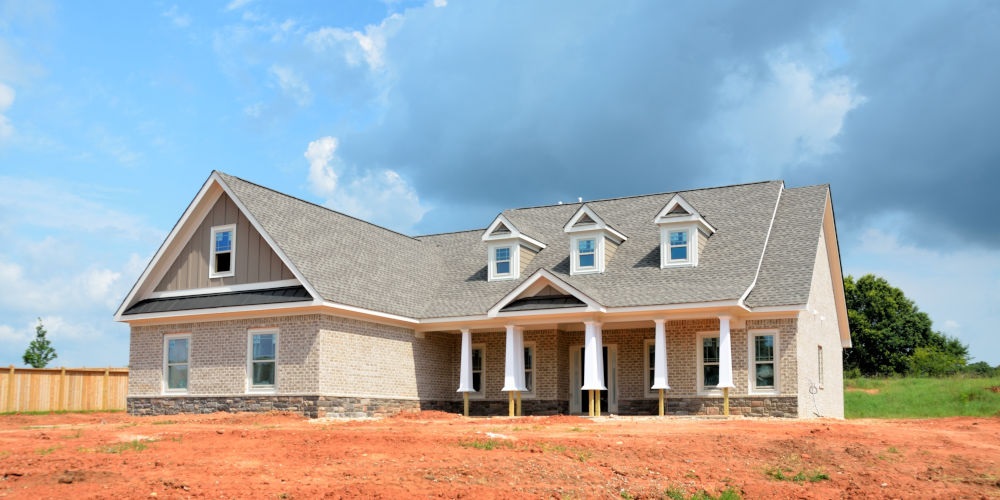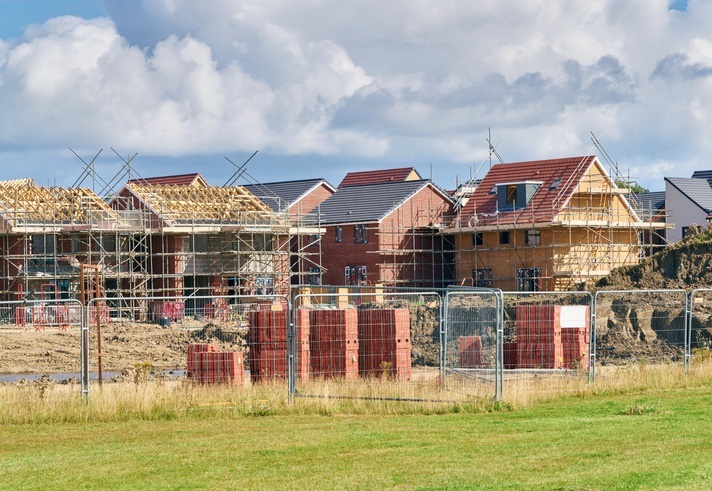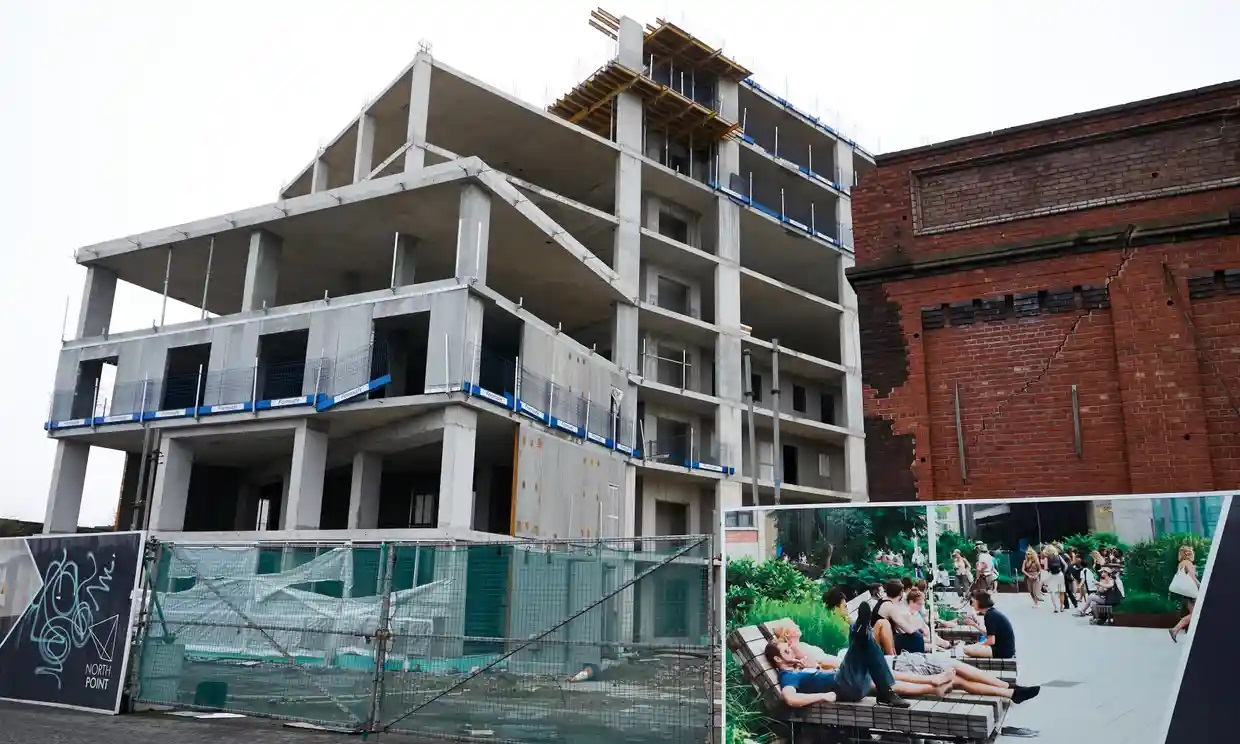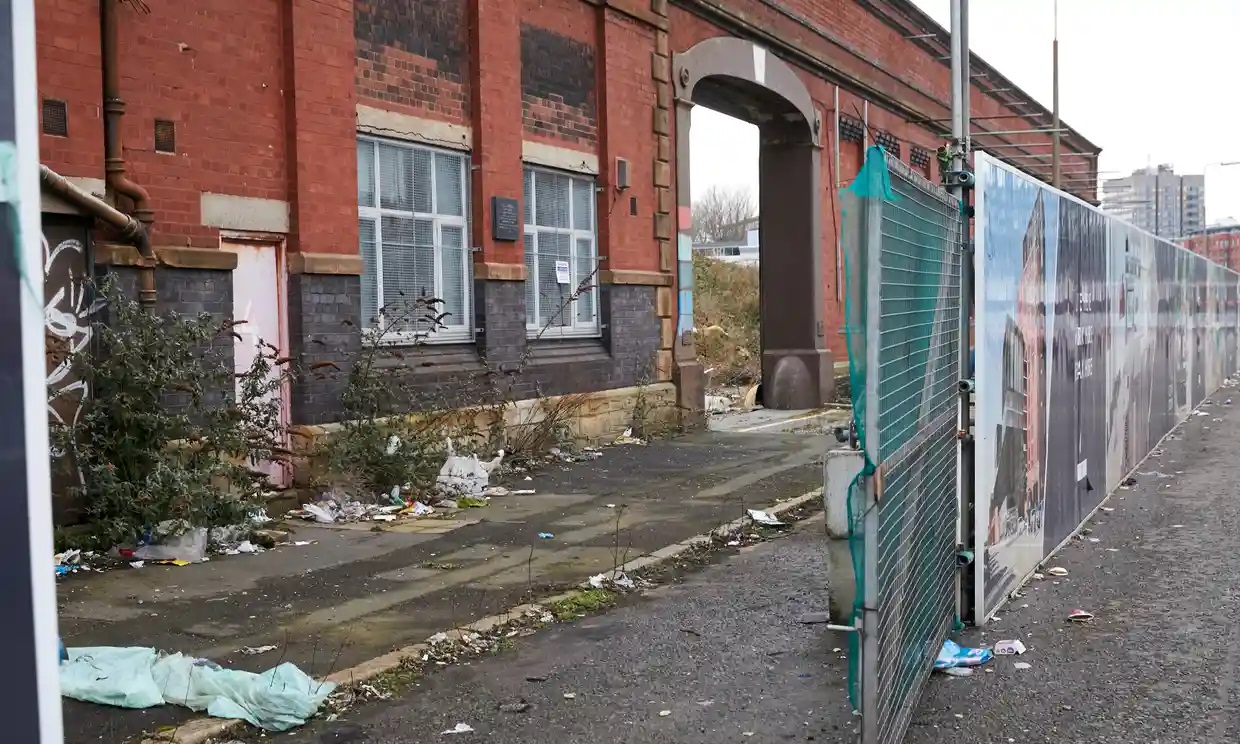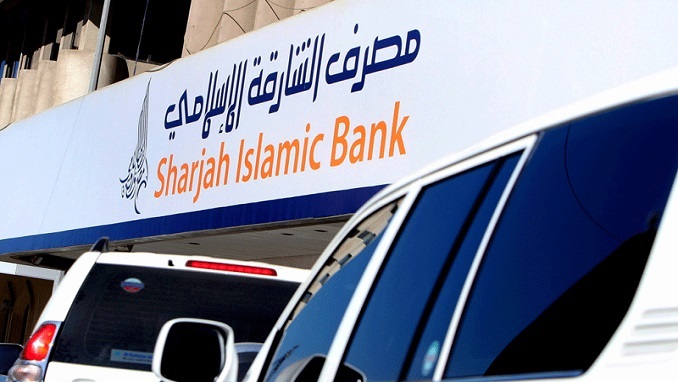
Banks in the UAE offer various types of Islamic banking products, including Islamic Home Finance (IHFPs). The demand for IHFPs is due to the awareness of UAE citizens to obtain home finance products that comply with the requirements of Islamic Law. Examples of these products include those that are not based on usury (riba’) and other elements that are not compatible with Islamic Law.
The UAE is a civil law country. The governing Law of the IHFPs are the UAE Federal Law No. 5 of 1985 Concerning Civil Transactions (the UAE Civil Code) and Islamic Law pursuant to the UAE Federal Law No. 14 concerning the Central Bank and Organisation of Financial Institutions and Banking (the Banking Law (‘Law No. 14’). The Civil Code is still subject to Islamic Law (Sections 1, articles 1, 2 and 3). For example, pursuant to Section I, Article 1 of the Federal Law No. (5) of 1985 On the Civil Transactions Law of the United Arab Emirates states:
’…In presence of an absolutely unambiguous text, there is no room for personal interpretation. In the absence of a text in this Law, the judge shall adjudicate according to the Islamic Sharia taking into consideration the choice of the most appropriate solutions in the schools of Imam Malek and Imam Ahmad Ben Hanbal and, if not found there, then in the schools of Imam El Shafe’ i and Imam Abou Hanifa, as the interest so requires. Where no such solution is found, the judge shall decide according to custom, provided it is not incompatible with public policy and morals. In case the custom is restricted to a specific Emirate, it shall be effective therein.’(emphasis added).
Among the subject matters that the Law No. 14 deals with are contract, loan, sale of land, ownership, proof, personal obligations, tort, sale, gift, partnership, hire, custodianship, guarantee, the right of ownership, wills, real securities (mortgage) and pledge.
Apart from the above laws, the IHFPs applicable in the UAE are subject to the scrutiny of the supervisory body, i.e. the Central Bank of the UAE (‘CB’) through the Higher Sharia Authority (‘HSA’) and the Shariah Supervisory Board (‘SSB’) through the Internal Sharia Supervisory Committee (‘ISSC’).
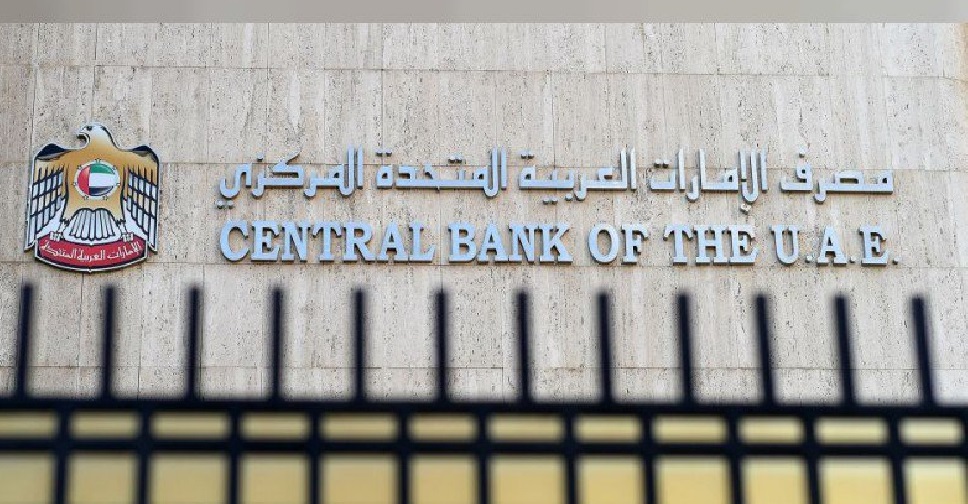
The UAE’s Constitution identifies shariah (Islamic Law) as the principal source of Law. While the UAE Federal Law No. 5 of 1985 Concerning Civil Transactions (the UAE Civil Code), which is deeply rooted in shariah, recognises the basic Islamic financing contracts, including:
- Murabahah (cost-plus financing): Article 506 of the UAE Civil Code;
- Mudarabah (trust financing): Article 693 of the UAE Civil Code;
- Musharakah (partnership financing): Article 654 of the UAE Civil Code;
- Ijarah (leasing): Article 742 of the UAE Civil Code;
- While there is no specific article in the UAE law that expressly deals with istisna’, the official commentary to the UAE Civil Code stipulates that the shariah principles of istisna’ are applicable in the case of construction contracts (muqawala), pursuant to Article 872 of the UAE Civil Code.
While the Emirate of Dubai has established itself as an important centre for business and commerce, the laws and regulations applicable to financial products and services (including Islamic finance) are basic – often just providing a mandate for the formation of regulatory authorities to govern the provision of the relevant financial products and services in the UAE. Consequently, the detailed rules, regulation and policies relating to financial products and services are left to the discretion of the relevant regulatory authorities. The internal regulations, policies and guidelines implemented by the authorities relating to the related financial products are not always made public. The pertinent laws to Islamic financial services are, in many cases, diffused in multiple pieces of legislation and the coverage of issues (including consumer protection) is general rather than comprehensive.
The key governmental and regulatory policies that govern the UAE banking sector, including Islamic banks (except in the Dubai International Financial Centre (DIFC) and the Abu Dhabi Global Market, where the regulatory authorities are the Dubai Financial Services Authority and the Financial Services Regulatory Authority), are the UAE Federal Law No. 14 concerning the Central Bank and Organisation of Financial Institutions and Banking (the Banking Law) (‘Law No. 14’), which came into force on 30 September 2018 (Article 151 Law No. 14).
The Banking Law is the primary legislation giving the UAE Central Bank (‘CB’) the authority to regulate financial services (including Islamic financial services) in the UAE. According to the Banking Law, the UAE Central Bank has the power to license and monitor a wide variety of financial institutions operating in the banking and financial sector in the UAE, including the Islamic financial institutions. (Articles 4 and 15 Law No. 14).

Concerning Islamic financial institutions, permissible activities are not specified in the Banking Law, which provides that ‘Islamic financial institutions’ means financial institutions licensed to undertake all the activities of a commercial bank but following the principles of Islamic shariah. The Banking Law provides that licensed Islamic financial institutions may undertake any of the following activities, provided they are done in a shariah-compliant manner (Article 65 Law No. 14):
- taking deposits of all types, including Shariah-compliant deposits;
- providing credit facilities of all types;
- providing funding facilities of all types, including shariah-complaint funding facilities;
- providing currency exchange and money transfer services;
- providing monetary intermediating services;
- providing stored values services, electronic retail payments and digital money services;
- providing virtual banking services;
- arranging or marketing licensed financial activities; and
- acting as a principal in financial products that affect the financial position of the licensed financial institution, including but not limited to foreign exchange, financial derivatives, bonds and Sukuk, equities, commodities and any other financial products approved by the UAE Central Bank.

Article 17 Law No. 14 establishes the Higher Sharia Authority (‘HSA’). The Board of Directors of the CB will appoint the members of the HSA. The source of fund for the establishment and operation of HSA is from a pool fund collected from the financial institutions licensed by the CS. The HSA has a duty to carry out supervisory activities to ensure that the activities, policies and the Islamic banking products in the UAE are in compliance with the Islamic Sharia. The HSA shall determine the rules, standards, and general principles applicable to Shari’ah-compliant businesses and Licensed Financial Activities, and shall undertake supervision and oversight of the Internal Sharia Supervisory Committees of Licensed Financial Institutions. The opinions and fatawa of the HSA shall bind the Internal Sharia Supervisory Committees (‘ISSC’) of Licensed Financial Institutions and the licensed financial institutions. The membership of HSA shall not less than five (5) members and not exceeding seven (7) members, of sufficient knowledge and experience in the jurisprudence of Islamic financial transactions (Articles 17 and 82 Law No. 14).
It should be noted that the CB together with the HSA shall be immune from any legal actions in the exercise of their statutory duties unless the exercise of the responsibility is tainted with bad faith and with intent to harm third parties (Article 25 Law No. 14).
Further, according to Article 111 Law No. 14 the UAE Central Bank (‘CB’) is given the right to intervene in any lawsuit filed involving a financial institution, with the CB to be notified of all such cases.

Each Islamic financial institution must appoint and maintain a shariah committee, called the ‘Internal Sharia Supervision Committee’ (‘ISSC’) (Article 79 Law No. 14). The ISSC shall undertake sharia supervision of all businesses, products, services and the business conduct of the Islamic financial institution, to ensure that its operations and products comply with the rules and principles of sharia, as set by the Higher Authority. The ISSC will review all the proposed financial products and related documents and issue a fatwa on their sharia compliance. Once a financial product has received the approval of the ISSC, it can be offered by the Islamic financial institution to the public in the UAE. If there is any disagreement, either between the members of the ISSC or between the ISSC and the board of the Islamic financial institution in connection with compliance with principles of sharia, the dispute shall be referred to the HSA , whose ruling shall be final. Membership of ISSC shall consist of experienced specialists in Islamic finance and banking transactions jurisprudence (Articles 7 and 82 Law No. 14).
Previously, the adherence to the voluntary standards issued by standard-setting bodies such as the Accounting and Auditing Organization for Islamic Financial Institutions (AAOIFI) and the Islamic Financial Services Board varied among individual Islamic banks and financial institutions in the UAE. However, this has changed following the recommendation by the HSA that all banks and financial institutions offering shariah-compliant products in the UAE comply with the requirements of the AAOIFI’s standards with effect from 1 September 2018. For now, Islamic financial institutions continue to seek guidance from their ISSC; this can be problematic when arranging syndicates of Islamic banks or financial institutions, as there may be differences of opinion between the different committees on the application of sharia principles to the financing structure.
The product development team then reviews the scholars’ resulting fatawa. It can be followed by a discussion between the scholars and the product development team to finalise the product. The need for a constant dialogue between the product development team and the scholars throughout this process should be stressed. In line with the majority of countries where shariah-compliant financial services are offered, each financial institution in the UAE has its own ISSC, making individual decisions for the institution.
In determining whether an Islamic financial instrument is shariah-compliant, the shariah scholars generally adhere to the following process:
- review the product concept description created by the product development team;
- evaluate the market conditions identified by the product development team;
- examine the product development team’s views on the Islamic principles on which the transactions will be based; and
- review the product development team’s proposals and issue fatawa.
Sources of information and pictures reference
- https://www.tamimi.com/law-update-articles/new-banking-law-federal-law-no-14-of-2018/ (accessed on 24th April 2020)
- https://thelawreviews.co.uk/edition/the-islamic-finance-and-markets-review-edition-4/1196436/united-arab-emirates (accessed on 24th April 2020)
- https://www.mof.gov.ae/en/lawsAndPolitics/govLaws/Documents/Decretal%20Federal%20Law%20No.%20%2814%29%20of%202018%20Regarding%20the%20Central%20Bank.pdf (accessed on 24th April 2020)
- https://legaladviceme.com/legislation/126/uae-federal-law-5-of-1985-on-civil-transactions-law-of-united-arab-emirates (accessed on 24th April 2020)
- https://www.jstor.org/stable/pdf/3381748.pdf?refreqid=excelsior%3A5f1dafa467f6dc2bed9f2f5847aac5eb (accessed on 24th April 2020)
- https://gulfnews.com/opinion/editorials/noor-acquisition-to-increase-effectiveness-boost-islamic-banking-1.64531925 (accessed on 24th April 2020)
- https://www.worldfinance.com/banking/the-rise-of-the-islamic-economy (accessed on 24th April 2020)
- http://www.globalethicalbanking.com/sharjah-islamic-bank-net-profit-rises-7/ (accessed on 24th April 2020)
- https://www.virginradiodubai.com/trending/news/business-news/covid-19-uae-central-bank-rolls-out-aed-100-billion-stimulus-package/ (accessed on 24th April 2020)
- http://wam.ae/en/details/1395302697165 (accessed on 24th April 2020)






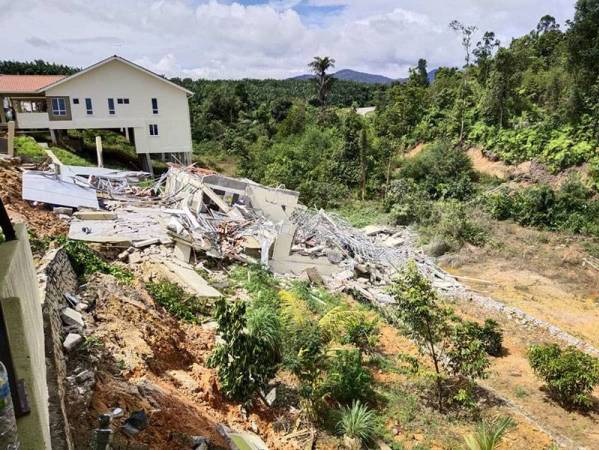


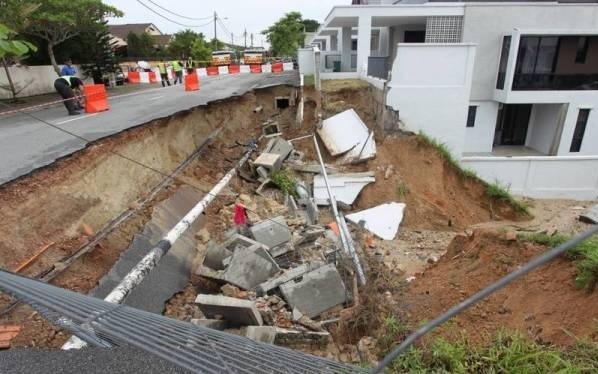

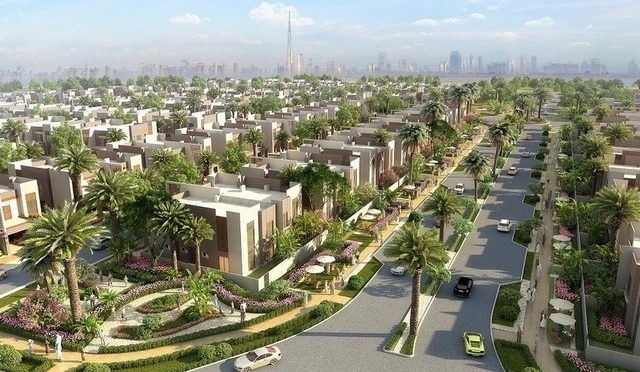
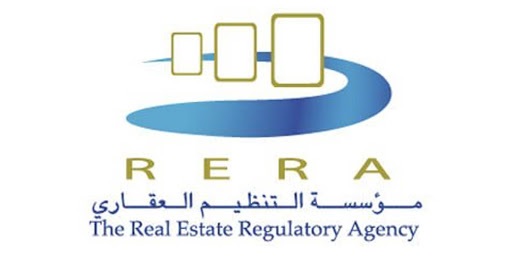 Article 11(5) of Law Number 13 of 2008 (‘Law 13) (as amended by Law No. 9 of 2009) gives the Real Estate Regulatory Agency (‘RERA’) the power to cancel a problematic housing developer’s project. The procedure, conditions, and circumstances are laid down in Executive Council Resolution 6 of 2010.
Article 11(5) of Law Number 13 of 2008 (‘Law 13) (as amended by Law No. 9 of 2009) gives the Real Estate Regulatory Agency (‘RERA’) the power to cancel a problematic housing developer’s project. The procedure, conditions, and circumstances are laid down in Executive Council Resolution 6 of 2010.